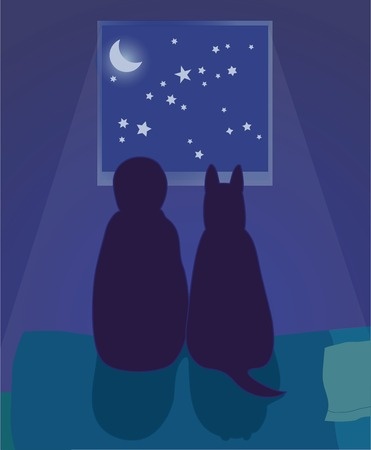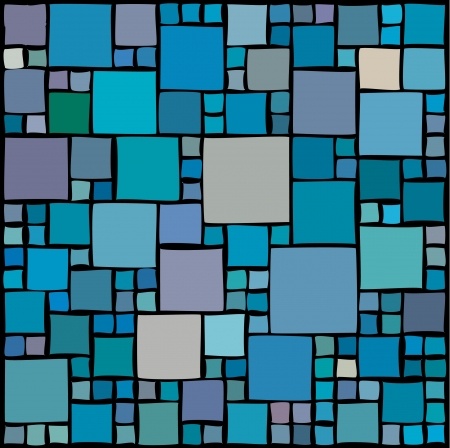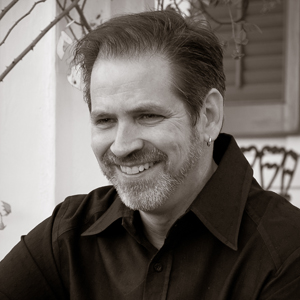
If you don’t play jazz, blues, or some other type of music that involves spontaneous playing, you might wonder what purpose there is in learning to improvise. Sure, “jazzheads” can sit around listening to John Coltrane or some other historic figure, but how can this arcane skill be of any value to a contemporary musician? Listen to popular songs, film scores or even academic classical compositions, and you will hear very little improvised material. Even in the classic rock guitar-hero era, most solos were brief 8-bar affairs that could (and often were) pre-composed by the soloist. So what’s the point of putting in massive amounts of time for this “obsolete” skill? Why not just work it all out in advance?
Continue Reading…











